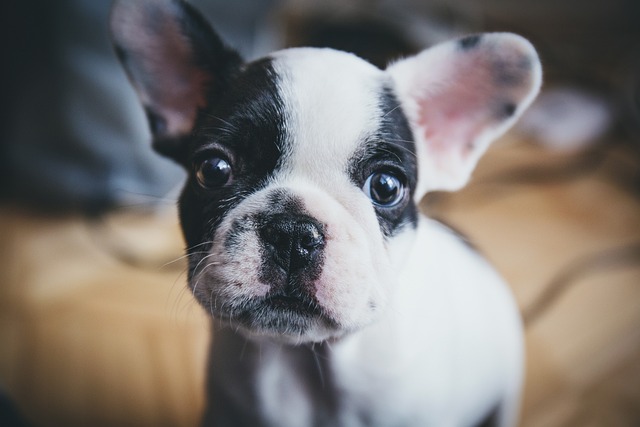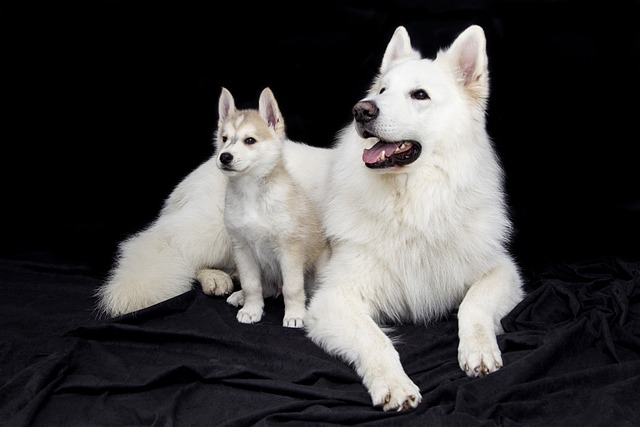We all want our furry friends to smell fresh and look their best, but sometimes that well-intentioned bath might do more harm than good. Actually, bathing your dog too often or at the wrong time can disrupt their natural skin balance, leading to irritation and other health issues. That said, understanding when not to bathe your dog is just as important as knowing how to do it properly.
Many pet owners believe frequent baths equal better hygiene, but veterinary dermatologists would disagree. A dog's skin produces essential oils that protect against environmental threats and maintain moisture. When we wash these oils away too often, we're stripping their first line of defense. You might notice your pup scratching more after baths - that's often their skin crying out for those natural protections we've removed.
Certain situations absolutely call for postponing bath time. If your dog has open wounds, skin infections, or severe allergies, water and shampoo can exacerbate the problem. I've seen cases where well-meaning owners accidentally made hot spots worse by washing them. Stressful periods matter too - bathing an already anxious dog during thunderstorms or after moving homes can heighten their distress. Even weather plays a role; outdoor baths in cold temperatures risk chilling your pet.
The consequences of overbathing go beyond temporary discomfort. Chronic issues like dermatitis, excessive oil production (the skin's overcompensation), and bacterial imbalances can develop. Some dogs develop a cycle where frequent bathing causes dry skin, leading to more washing to address the flakes, which only worsens the problem. It's heartbreaking to see pets suffering from conditions we could prevent with better bathing knowledge.
So how often should you really bathe your dog? The answer varies dramatically. A short-haired indoor dog might need bathing just a few times a year, while an active Labrador who loves mud puddles could benefit from monthly washes. Breeds with oily coats like Basset Hounds typically need more frequent cleaning than those with dry skin like Huskies. Older dogs often require less frequent bathing as their skin becomes more sensitive with age.
Between full baths, there are smarter ways to keep your dog clean. Regular brushing distributes natural oils and removes dirt beautifully. For muddy paws, a simple rinse with water works wonders. Pet wipes are fantastic for quick cleanups after walks. I'm particularly fond of dry shampoos formulated for dogs - they refresh the coat without stripping oils. These alternatives can significantly extend the time between proper baths while keeping your companion presentable.
At the end of the day, bathing should serve your dog's health, not just our desire for a fresh-smelling pet. By learning to recognize when to skip the shampoo and understanding your individual dog's needs, you're taking an important step in responsible pet care. Remember, sometimes the kindest thing we can do is put that bottle of dog shampoo back on the shelf and reach for the brush instead.





